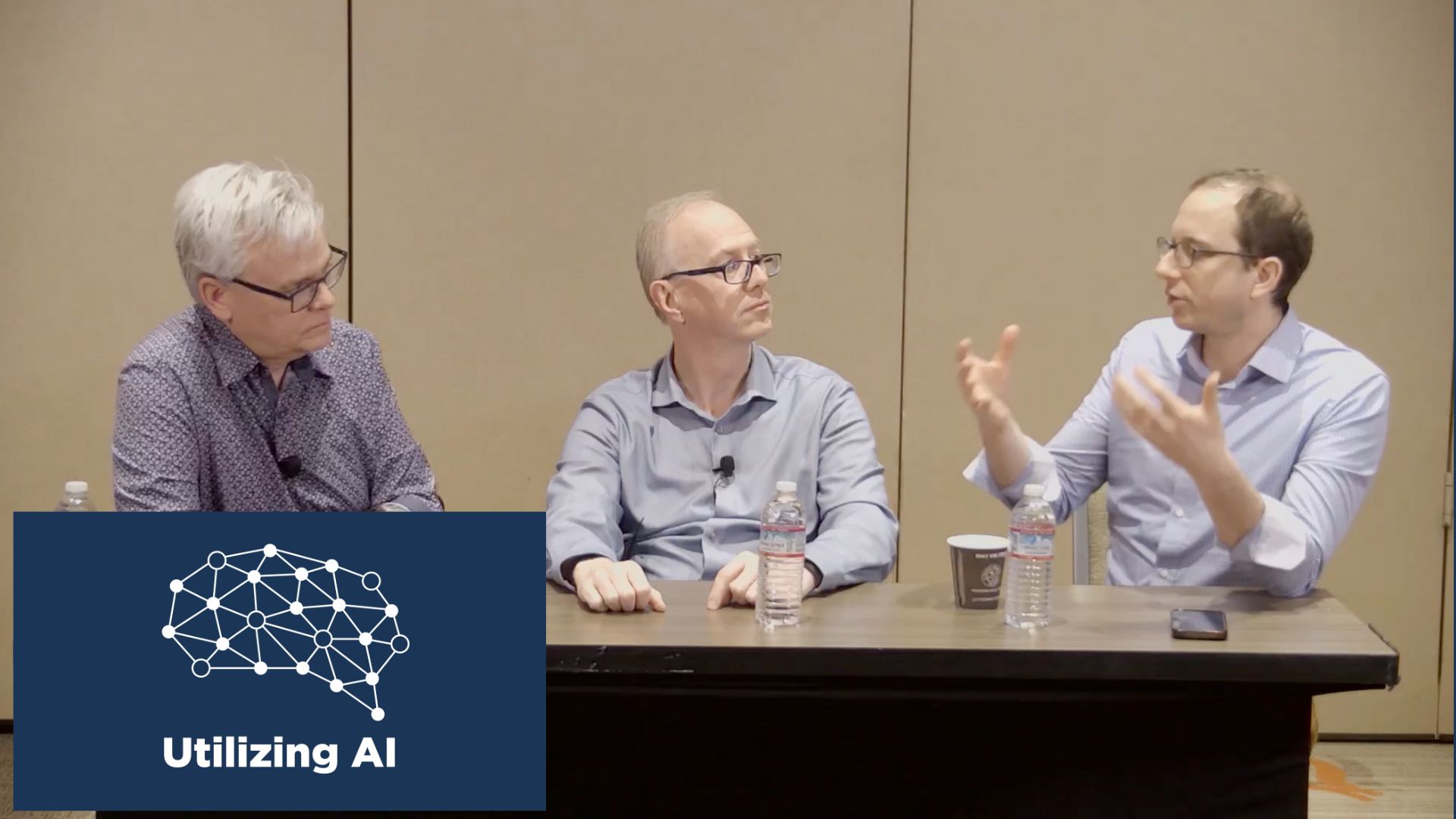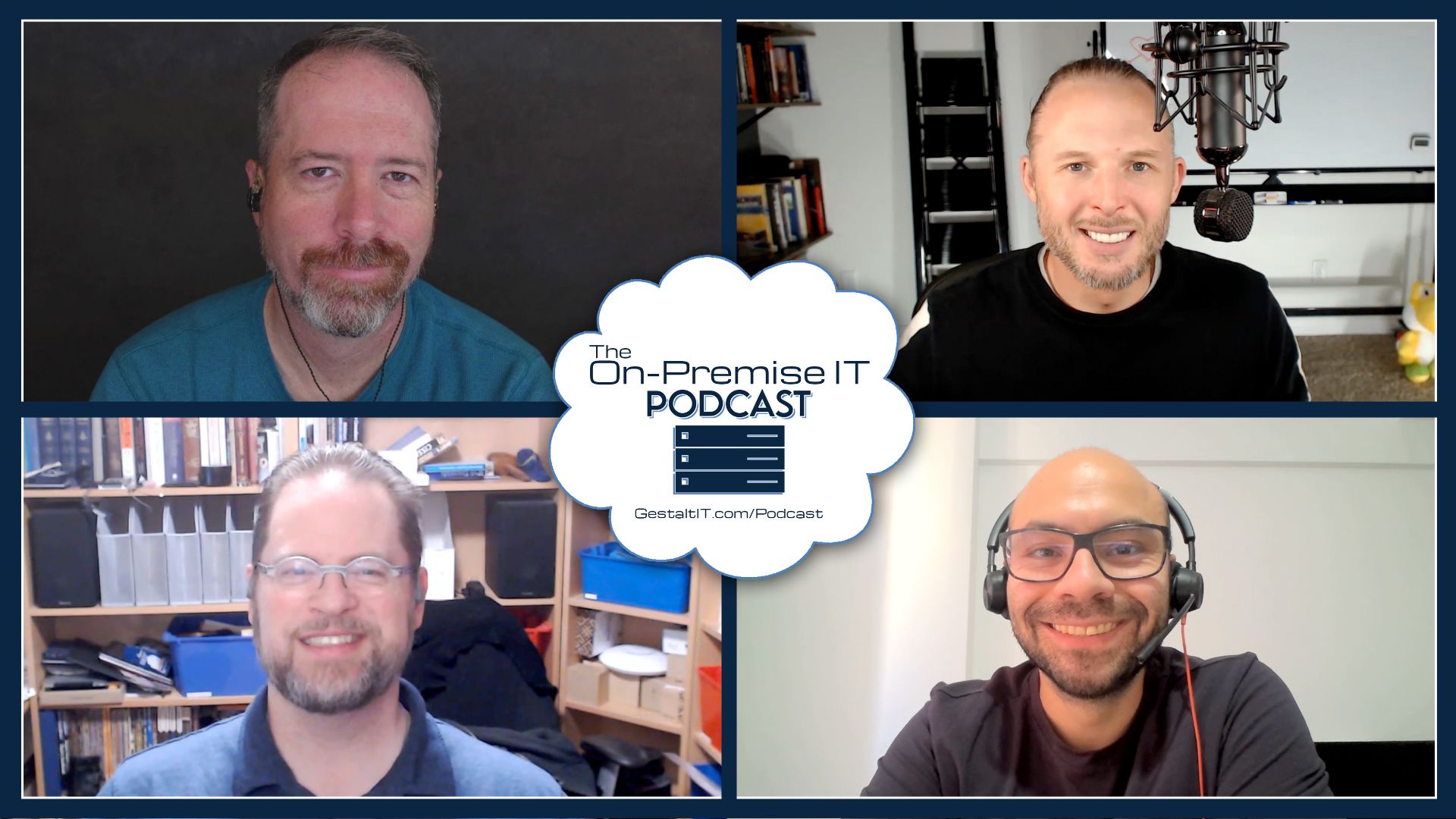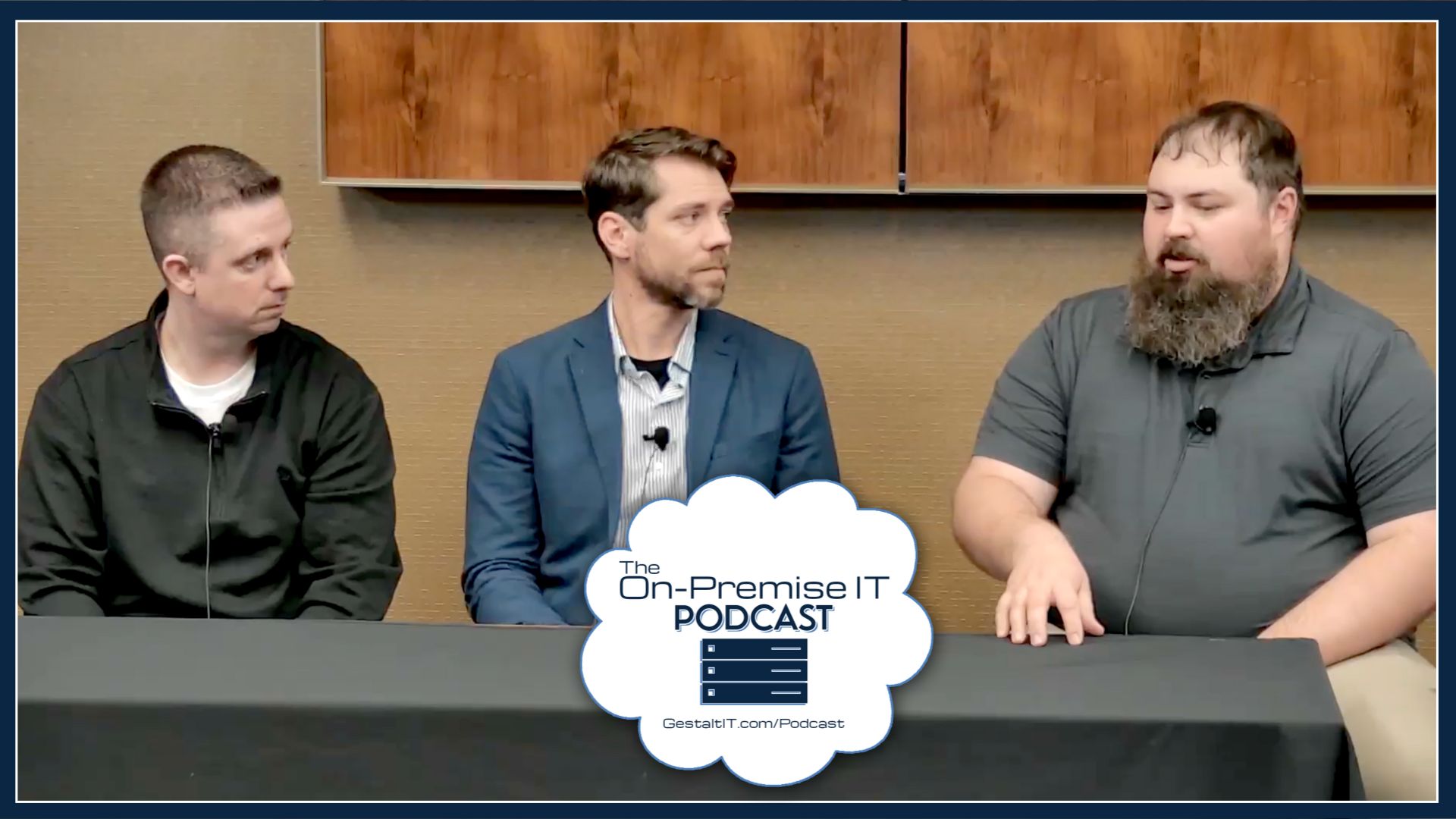 David Bermingham is a Senior Technical Evangelist for SIOS Technology Corp and a Microsoft Cloud and Datacenter Management MVP.
David Bermingham is a Senior Technical Evangelist for SIOS Technology Corp and a Microsoft Cloud and Datacenter Management MVP.
You can follow David on Twitter, LinkedIn and his blog ClusteringForMereMortals.
What’s your IT origin story? How long have you been in the field?
Growing up in the 80’s I was around to see the beginning of the personal computer. In junior high I did some programming on a TRS-80 and a few of my friends that had a Commodore 64. I was never lucky enough to own one of these computers myself, but they certainly caught my interest and I jumped on them any chance I got.
 In the fall of 1986 I went off to study jazz guitar at Temple University in Philadelphia. It wasn’t long after I arrived that I discovered the music department had its own computer lab. It was filled with Apple IIe computers and this new little computer called the Macintosh Plus. The Macintosh plus was also connected via MIDI to synthesizers and a 4-track recorder. I think I spent all my spare time in the computer lab just learning how to use the Mac and recording my own music. By the end of my freshman year I was offered a position to be the undergrad computer lab assistant, a dream come true!
In the fall of 1986 I went off to study jazz guitar at Temple University in Philadelphia. It wasn’t long after I arrived that I discovered the music department had its own computer lab. It was filled with Apple IIe computers and this new little computer called the Macintosh Plus. The Macintosh plus was also connected via MIDI to synthesizers and a 4-track recorder. I think I spent all my spare time in the computer lab just learning how to use the Mac and recording my own music. By the end of my freshman year I was offered a position to be the undergrad computer lab assistant, a dream come true!
As the computer lab assistant, it wasn’t just all fun and games. In addition to getting some experience with AppleTalk networking I had to learn all the other “boring” programs like Lotus123, WordPerfect and PageMaker so I could help the other students. But most of the time the lab was empty, so I was getting paid to do what I loved to do, play with computers. It was soon after I graduated that I learned all those “boring” programs would help me pay the bills much more so than my guitar playing skills.
Soon after graduating I found myself working at the University of Pennsylvania, just doing some secretarial-type work and desktop publishing for a professor. I took advantage of their tuition assistance program and took some Microsoft courses to earn my MCSE and eventually transitioned into the IT department. From there I wound up taking a job as “the IT guy” for a small company where I did everything from networking to building out their Windows NT active directory and everything in between from Exchange and SQL admin to desktop support.
I left there in 2004 and joined SIOS Technology. At SIOS I have held positions of Sales Engineer, Product Manager and most recently Technical Evangelist. SIOS has traditionally been focused on high availability and disaster recovery. Having that focus enabled me to become an expert in that field and earn the title of Microsoft MVP in failover clustering for six years and for the past two years I have been awarded an MVP in Cloud and Datacenter management.
I still play guitar and write music, but I’m glad I don’t have to make a living doing that. I think I would be your typical starving artist.
What’s been the biggest change in IT since you started your career?
The biggest change since I started has been the proliferation of the internet. As an employee of the University of Pennsylvania in the early 90’s, I had access to the beginnings of the World Wide Web much earlier than many of my peers. I was on Newsgroups and using Mosaic to browse the web a long time before most people. I was an early adopter of ecommerce and remember how excited I was just to buy some Hanes t-shirts over my Prodigy dialup internet service.
Current worst trend in IT?
I believe mass migrations to the cloud without carefully thought out plans are probably the worst trend that I am specifically involved with. I’m sure there are other trends out there that are just as bad, or worse, but on a day to day basis I am dealing with IT people in the trenches that have been given marching orders to “move to the cloud”, not really knowing what that means or the challenges involved with that. Most of the time these orders come from upper management, with the hope that it will result in cost savings and IT agility.
While these hopes can be realized, without careful planning there certainly will be some bumps and false starts along the way. The cloud can be a wonderful thing, but it does require some thought and it is not something to jump into without careful planning.
Current best trend in IT?
There are probably a million great trends, but from what I see and deal with on a daily basis, I can see that cloud automation is a tremendous tool. Whether it is public, private or hybrid cloud, having the ability to automate a process that includes provisioning compute, storage, security and networking all at the push of a button seems like a dream come true compared to the days when you had to request hardware, purchase hardware, rack servers, install OS, install applications, call the networking team, call the Active Directory administrator, call the SAN administrator, call the security team, get your application expert involved. It could take weeks or even months to get a two-node failover cluster online from the time the original request came in. Now with a push of the button you can go have lunch and come back to a fully functional SQL Server failover cluster or whatever other application you can dream up.
How do you approach organization at work? What are your must use apps? How do you approach organization? What’s your ideal workspace?
I have worked from my home office for the past 14 years, so one of the challenges is just managing the home/work balance. I started working from home before the advent of smart phones, so early on it was easier to end work for the day simply by walking away from your computer and closing the office door. Now with smartphones that approach is not so easy. I work with global customers, so I do commonly have calls scheduled for odd hours, but typically I only answer the phone during my local business hours and try to turn things off during the family hours. I check email after the kids are in bed and try to prepare myself for the next day. I also have the phone on my night stand so I can have a peak at my email when I wake up to know whether I have any pressing issues to deal with right away, or whether I can spend another twenty minutes lying in bed before I have to get up.
A lot of what I do is help customers solve problems. I have found the most valuable tool I have is my blog, www.clusteringformeremortals.com. Early on I found myself answering some of the same questions over and over again or spending a lot of time on a WebEx walking a customer through a particular set of installation steps. I decided that my time would be better spent documenting those steps or writing a blog post that describes a particular problem and solution. Not only does it save me time by being able to send links to customers, but many times the customer has already found my blog post and didn’t even need to call me. I’ve even Googled problems and found the solution in a blog post I had written years ago that I had forgotten about.
Book recommendations for other IT pros (besides The Phoenix Project?). What are you reading now?
I ’m ashamed to admit it, but unless it is a technical article or a blog post I seldom have the chance to sit and read a book from cover to cover these days. If I’m not working, volunteering, or hanging with the family, I’m usually right back where it all started, in front of my Macintosh computer writing some music or practicing my guitar. I do however have to give credit to Mark Minasi. When I was just getting started his books Mastering Windows NT Server 4 and Mastering Windows Server 2000 were what tied it all together for me and launched my career in IT. They were just some really well written books that helped a novice like me make sense of some complex topics.
’m ashamed to admit it, but unless it is a technical article or a blog post I seldom have the chance to sit and read a book from cover to cover these days. If I’m not working, volunteering, or hanging with the family, I’m usually right back where it all started, in front of my Macintosh computer writing some music or practicing my guitar. I do however have to give credit to Mark Minasi. When I was just getting started his books Mastering Windows NT Server 4 and Mastering Windows Server 2000 were what tied it all together for me and launched my career in IT. They were just some really well written books that helped a novice like me make sense of some complex topics.
First computer you owned

Macintosh SE30. That thing served me well for many years.
What do you do when you’re not working in IT?
Besides being a husband and father of three great kids, I am an elected member of my local school board, a committee member of my local BSA troop, a co-founder of the South Jersey Music Education Partnership (a 503-c nonprofit organization), and the musical director of an 8-piece jazz band called M-Town Jazz Jam.
How do you caffeine?

Editor’s Note: You can get yourself a water ice too.
Wawa. If you are from Pennsylvania, New Jersey, Delaware, Maryland, Virginia or Central Florida you probably know what I’m talking about. If not, I am sorry.
Who do you want to see answer these questions?
Evan Spiegel, co-founder of Snap, Inc. Raising three teenagers it seems as though Snapchat is the preferred social media platform, at least among teenage boys aged 15-18, and I know very little about it or the founder.
Best career advice you’ve received
My dad always told me that it doesn’t matter what you are doing, always give 110%, keep a positive attitude, and people will notice. I think that advice goes a long way for anyone in any career. I don’t think I would be where I am today without following that advice.





